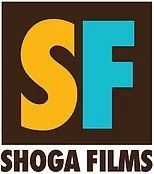Check It - A Frustrating Doc About Poor Gay and Trans Youth of Color

“Check It” is the name of a movie, but it was first the name of a street gang of gay and trans kids of color in Washington, DC. After starting off with a few people in 2009, the group has grown to over 200 members and has squelched many homophobic attacks by fighting violence with violence. These kids do not turn the other cheek. And those cheeks might well have rouge on them because ALL of the kids in the documentary are femme.
This is an interesting fact that nobody commented on either in the film or at the San Francisco Frameline screening where I saw it on June 19. If you’re masculine and engaged in same-sex activities, you can do it on the down-low and present yourself as straight in the hyper-masculine and homophobic culture of thug life. If you’re femme in the inner city, you’re a target. These kids can’t present as masculine, so they revel in the snap-queen personae that we’re so so familiar with. While mainstream gay culture – white by definition – has successfully relegated effeminacy to the margins, Black gay and trans folks still make it a hallmark of identity and don’t try to run from it.
The case of Skittles (pictured above), a talented amateur boxer who is nonetheless effeminate, makes for a fascinating footage. Unfortunately, he can’t follow through on his natural talent, whether due to character flaws or the challenge of his inner city environment is never ascertained.
Other Check It members profiled in the documentary follow more satisfactory arcs, including Tray Tray whose interest in fashion and design is realized when a social worker hooks up interested gang members with a summer fashion camp. We also meet Alton, a trans woman who has been taking care of herself and her friends since she fled home at 14. And, sadly, we spend time with various cross-dressing boys working the prostitution corridor on K Street.
Directors Dana Flor and Toby Oppenheimer are to be congratulated for compiling so much footage (4 years’ worth, we learned in the Q&A afterwards) on this unlikely cross of gang life and snap queendom. Unfortunately the doc is so poorly structured that much of the time I didn’t know who I was looking at or how they fit into the overall picture. These faults were exacerbated by occasionally muddy sound and speech patterns that were slangy and quickly delivered. Subtitles would be an easy fix for that.
According to the documentarians and the three young men from the movie who were present at the Q&A, Check It has evolved from its gang roots toward more legitimate enterprises, such as clothing manufacture, design and sales. Bravo for the few who have successfully leveraged themselves through the intervention of social workers and the documentary itself out of a dead-end ghetto existence. For many of the others, however, the basic challenges of growing up Black and poor in the inner city have not changed: poor schools, absent fathers, drug-addicted family members, violence in the home and on the streets. Effeminacy can only compound these difficulties by adding familial rejection and homophobic attacks to the list. But in Washington, DC, at least, these kids have a group to call their own.
I just wish they had had better documentarians to tell their stories.
Recent Posts
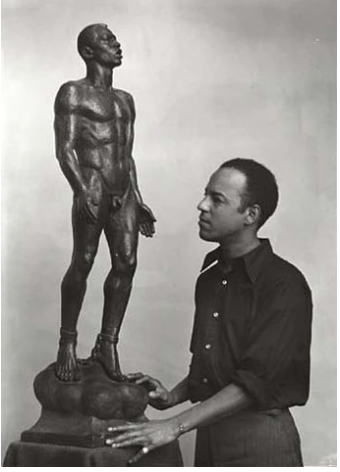
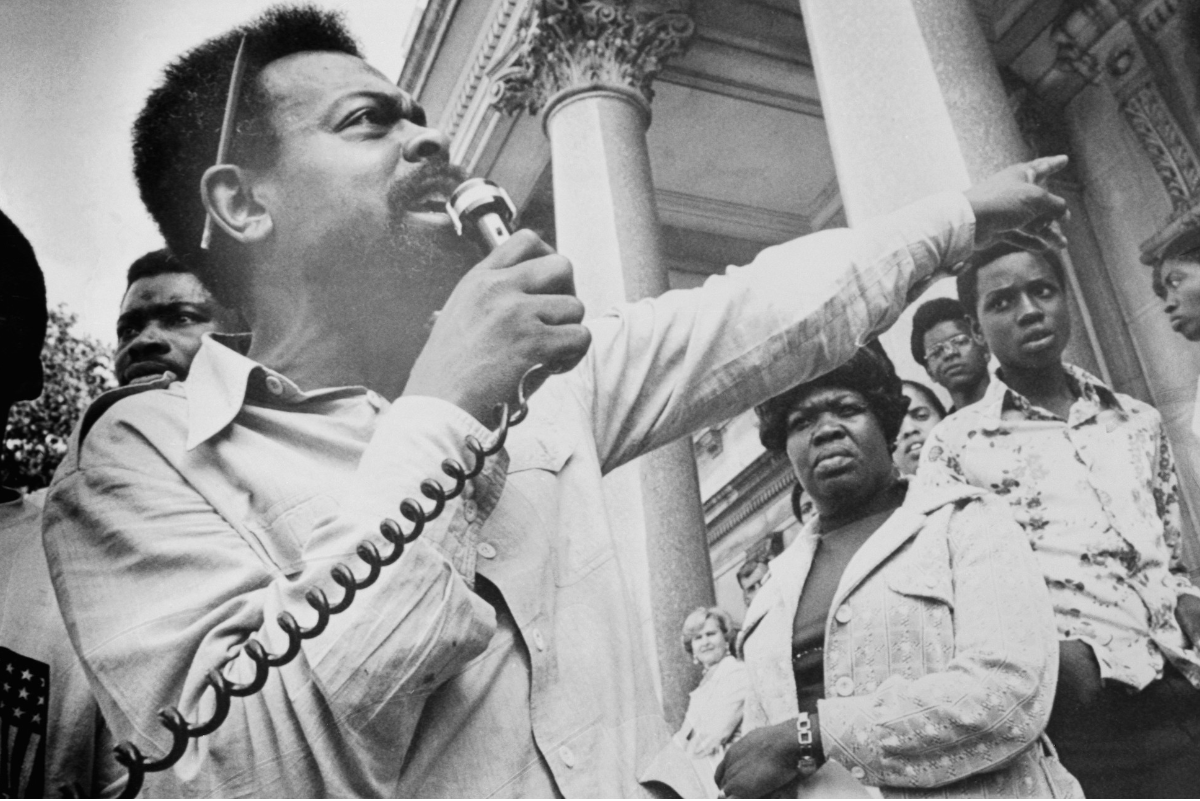
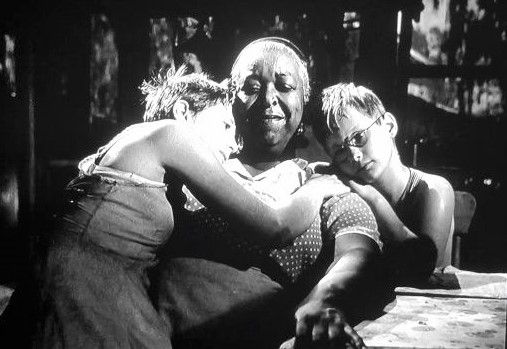
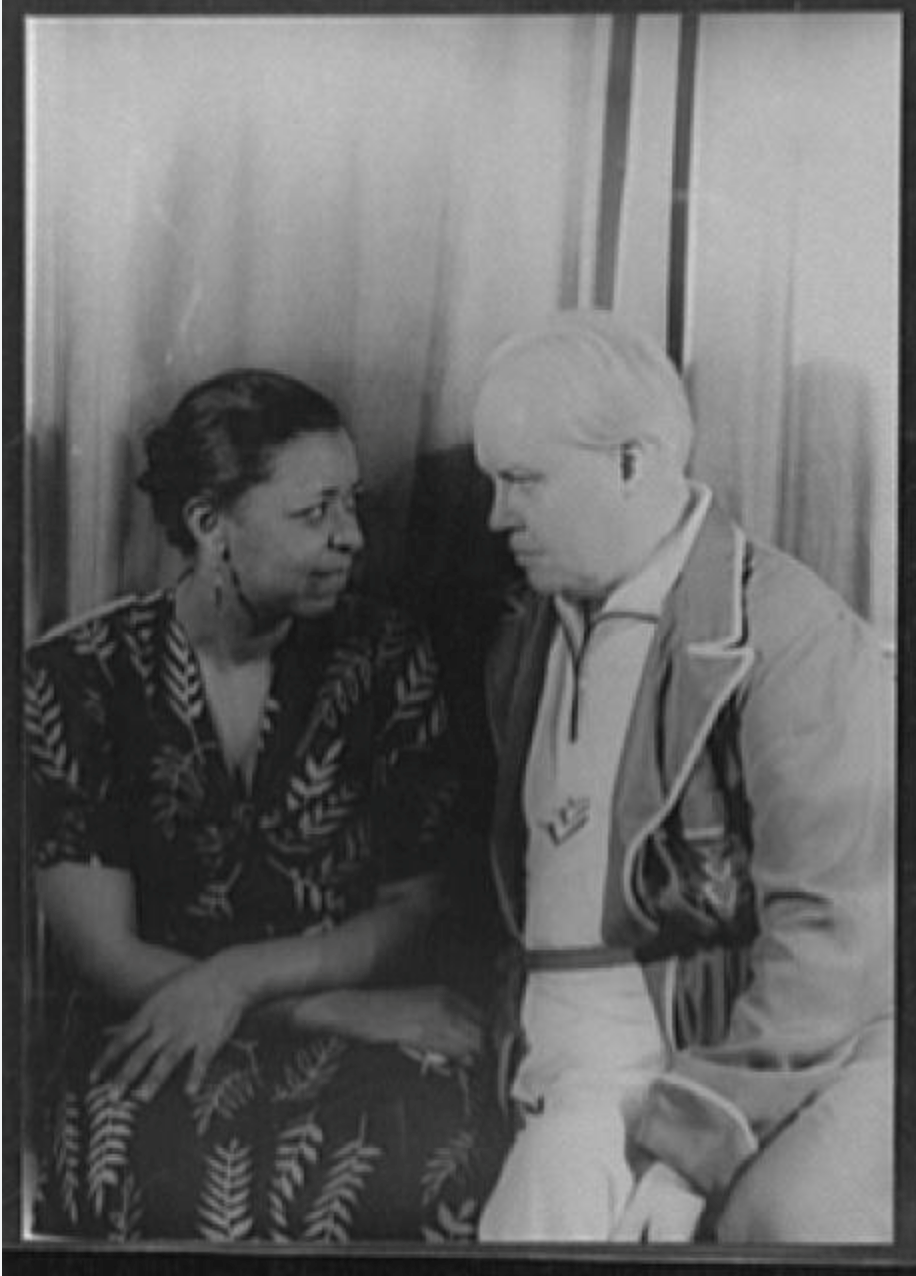
SHOGA FILMS is a 501(c) (3) non-profit production and education company. We create multimedia works around race and sexuality that are intended to raise awareness and foster critical discussion.
Contact Us
All Rights Reserved | Shoga Films
Stay Connected
Thanks for subscribing!
Please try again later.

